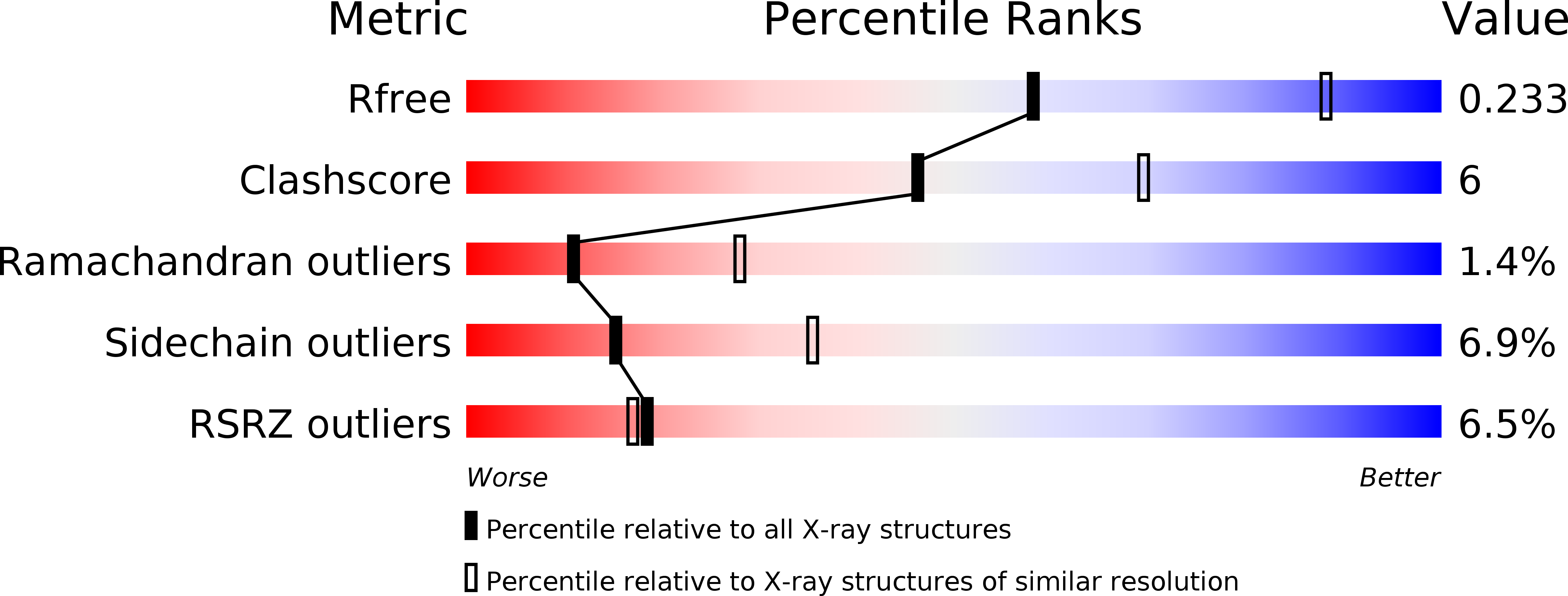
Deposition Date
2019-05-13
Release Date
2019-12-04
Last Version Date
2024-11-13
Method Details:
Experimental Method:
Resolution:
2.70 Å
R-Value Free:
0.23
R-Value Work:
0.18
R-Value Observed:
0.18
Space Group:
C 2 2 21


